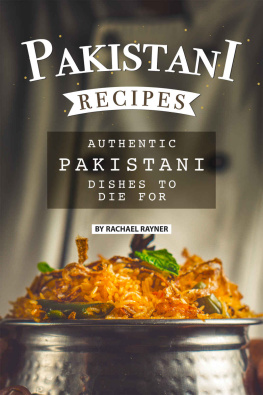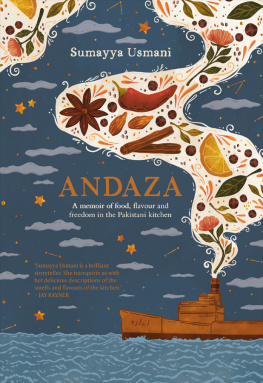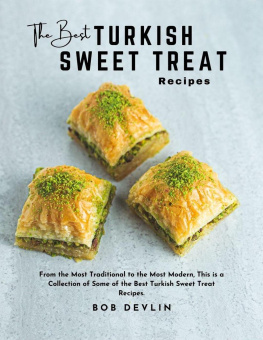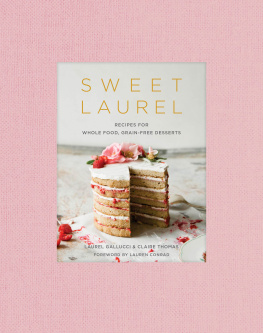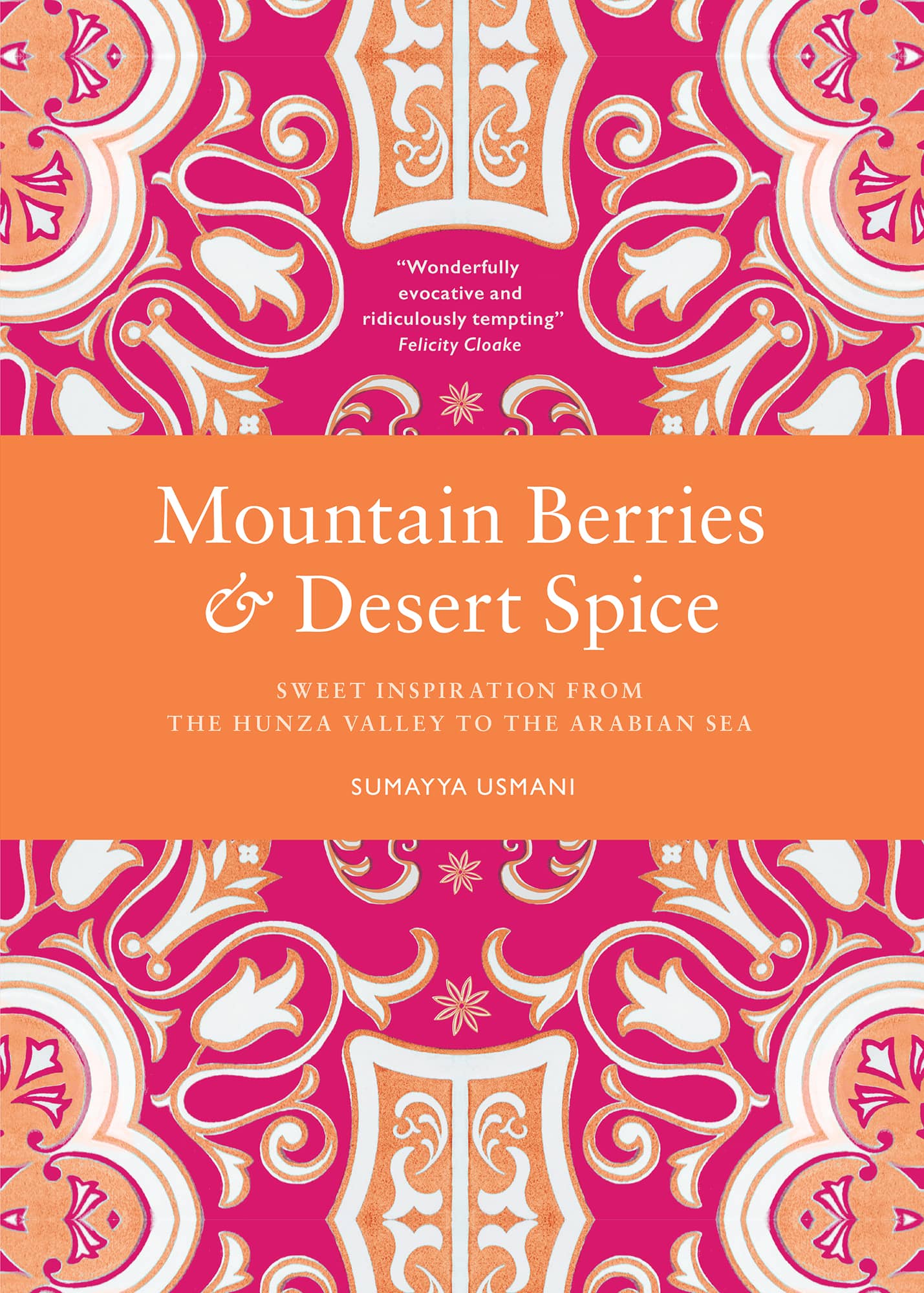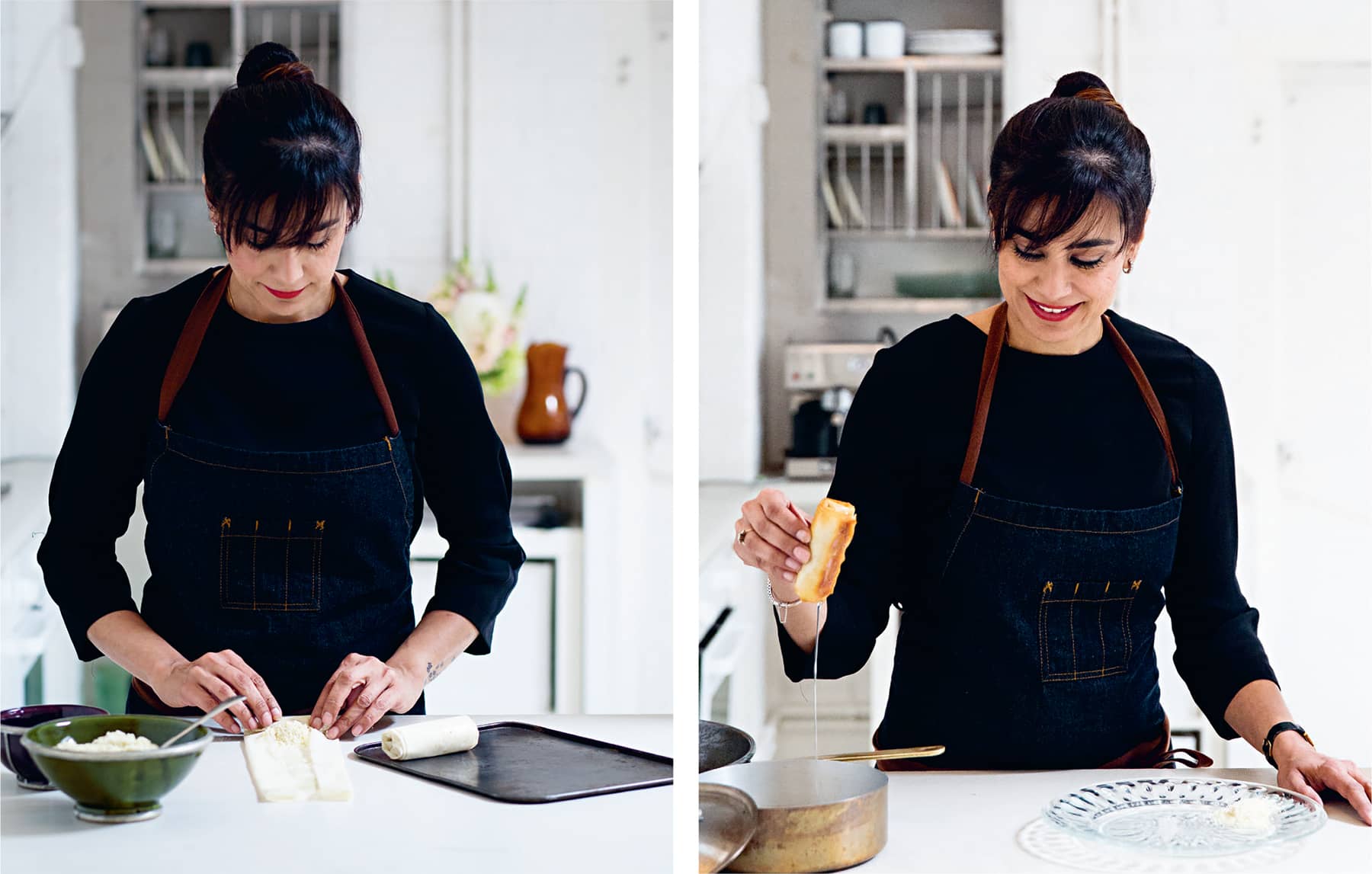Mountain Berries & Desert Spice
SWEET INSPIRATION FROM THE
HUNZA VALLEY TO THE ARABIAN SEA
SUMAYYA USMANI
FOOD PHOTOGRAPHY BY JOANNA YEE

Journey through a land of sweetness and spice
Pakistan has long been a passageway for communities and cultures, and a confluence of diverse influences. A rich and turbulent history has seen the country swept through by Mongol invaders and Alexander the Greats armies, ruled by Mughal emperors and affected by British colonialism. Over hundreds and thousands of years, Pakistan has inherited many traditions and its past has left an indelible mark on the contemporary culture and cooking of its people. The countrys culinary fabric has also been touched by its geographic borders with Afghanistan, Iran and Central Asia, and enhanced by Muslim emigrants from India. It is home to a multitude of ethnicities, which each brings its own recipes and heritage.
But Pakistan is not only a land of varied people it is one of varied climate and terrain, and therefore produce. Icy soaring mountains and arid deserts meet fertile plains and deep valleys: dramatic and beautiful, this landscape is capable of supporting the cultivation of a broad natural larder from sweet berries to fiery spice.
Pakistans bounty is captivating, plentiful and exotic, and the way in which different people and communities cook both savoury and sweet food in the country is greatly dependent on the produce available to them across this changing and vast landscape. But there is one unifying adoration that reigns supreme across the country, and that is the peoples love for desserts, confection, fruit and nuts no Pakistani table is ever without this celebration of sweetness.
The countrys northern areas are blessed with fruits such as pomegranates, mulberries and cherries, as well as nuts such as pistachios, walnuts and pine nuts, which all grow easily. In the rugged mountains and valleys of Chitral, Kalash, Gilgit and Hunza, hot milk is flavoured with local honey, and the breeze carries with it the sweet scent of apricots. In the warmer months, these are dried on the foothills, and the dried fruit is then served with fresh cheese to end a meal or greet a guest.
In the southern part of the country, sweets are more spiced and floral. In the dry majestic deserts of Balochistan, which borders Iran, spices such as saffron, cardamom and pepper are grown and used abundantly. Sweets are simple and made using local wheat and dates which have been dried for the harsh winters ahead. Here, saffron- and cardamom-infused milk, as well as rice puddings and buffalo milk sweetmeats, are popular.
A real melting pot of flavours can be found on the streets of my home town Karachi in the southern region of Sindh. Here, diverse sweets reflect the various communities, as well as influences from Mumbai, east Punjab and Hyderabad, and local Sindhi cuisine. Sindhs summer fields are amber with ripe sugar cane, and its lush trees are heavy with pink guavas and honey mangoes, while winter brings the sweetest red carrots. Sweetmeat shops are packed with colourful handmade morsels sold by the kilo, made with raw sugar and spices.
Flavours differ in Lahore a city in the east which is known as Pakistans food captial. Here, there is a celebration of the bounty of the fertile lands of Punjab, and sweets might take the form of vegetable halvas, milky rose-scented rice puddings and cardamom- and kewra-infused sweetmeats.
A journey through the sweet flavours of my homeland is diverse, much like its history and land. Sweets and desserts vary in grandeur depending on the occasion. Decadent desserts are a fundemental part of celebrations and festivities, but on a daily basis mithai are a staple. Mithai simply means sweetmeats, and they can be a humble afternoon tea treat or a special gift to a loved one. To a Pakistani, sharing and giving mithai comes easily. This can be a present to show appreciation, rejoice on a happy occasion, or merely an act of kindness to bring a smile to someones face.
Pakistani people have an adoration of muh meetha karna (sweetening ones mouth), a lyrical expression that defines the very essence of dessert culture, which is far more than simply concluding a main meal. Its about savouring, sharing and celebrating happiness by indulging in sweetness with your loved ones. Whether its a dawwat (feast) or a friend coming over for chai, theres always a platter of decadent dessert, perfumed mithai or halvas this practice reflects the nations sweet tooth, sense of hospitality and love for sharing joy and sweetness with all.
Many people shy away from making South Asian desserts as they feel that they are complicated to make or perhaps not as important as the savoury dishes. I can assure you that if you stop viewing these desserts as an appendage to a meal, and instead look at them as a fundamental part of our food culture and an indulgence to savour, you will soon find yourself under the spell of the exotic flavours, historical romance and comfort of Pakistani desserts.
Childhood sweets in a new home
It was my mother who did all of the cooking when I was growing up, and while she made sure there were always desserts, she never had much of a sweet tooth herself, save for one indulgence. Passing by a mithai (sweetmeat) shop, she would stop for a barfi heart these perfectly shaped sweets made from khoya (milk fudge) were headily infused with rose water and cardamom and would crumble and melt in the mouth.
Much like a childs weekly trip to the sweetie shop in the West, in Pakistan I would get pocket money to buy my favourite mithais. A couple of rupees would buy a crumpled greasy brown paper bag filled with either tiny colourful dots of boondi (sweet, fried chickpea flour), a flaky patisa (a ghee- and sugar-packed sweet), or sometimes a sticky, sugary cottage cheese called cham cham, which I would always buy to share with my Nani (maternal grandmother). There is something wonderful about mithai shops: youre greeted with a smile and air thats thick with sugar, cardamom and fudge-like aromas, as well as a multitude of colours, assorted shapes and piles of sugar-soaked saffron doughnuts. Its really quite magical.


